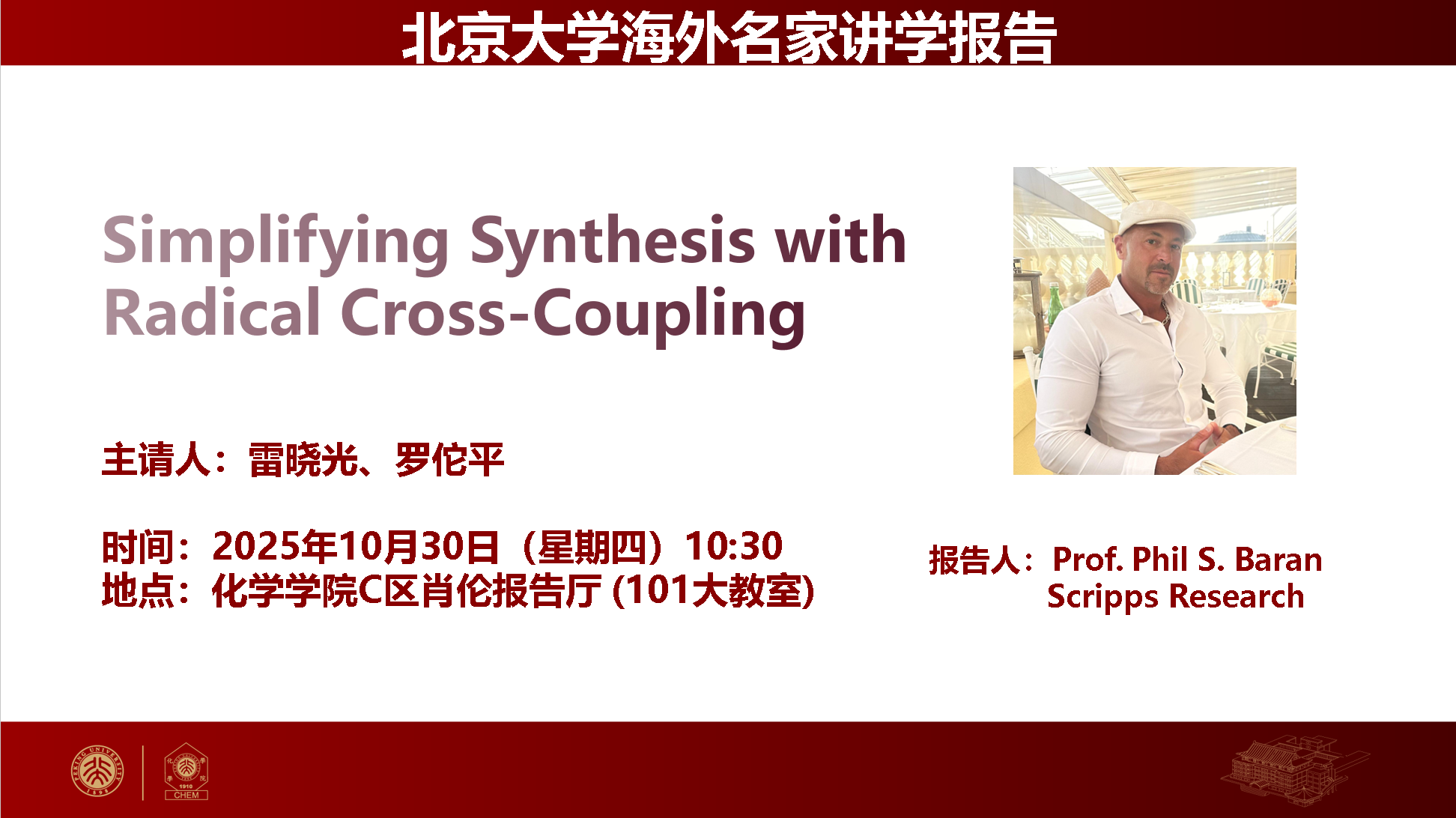
Abstract
Polar disconnections are intuitive and underlie much of retrosynthetic logic. Undergraduates exposed to multistep synthesis are often taught to assemble organic molecules through the combination of positively and negatively charged synthons because, after all, opposites attract. In- deed, the most employed two-electron C–C bond forming reactions today are those either based upon classical cross- coupling reactions (e.g., Suzuki, Negishi, Heck) or polar ad- ditions (aldol, Michael, Grignard). These reactions are the mainstay of modern synthesis and have revolutionized the way molecules are constructed due to their robust and pre- dictable nature. In contrast, radical chemistry is sparsely covered beyond the basic principles of radical chain pro- cesses (i.e., radical halogenation). The historical perception of radicals as somewhat uncontrollable species does not help the situation. As a result, synthetic chemists are not prone to make radical-based strategic bond disconnections during first-pass retrosynthetic analyses. In this talk recent studies from our lab will be discussed to illustrate the strategic advantages that can result when unconventional radical disconnections are incorporated into synthetic design plans.